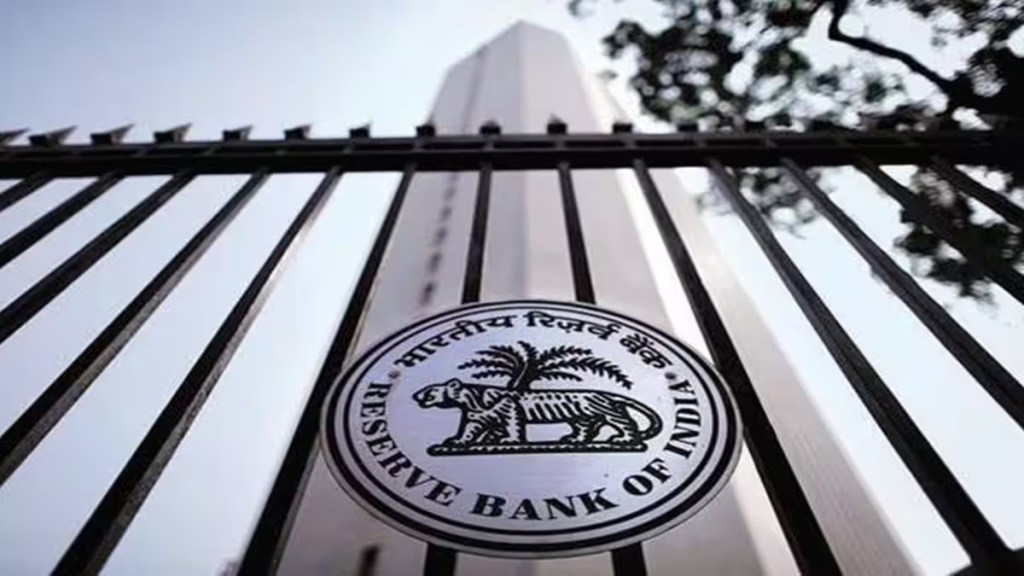Notwithstanding signs of potential stress, the prevalence of retail loans does not pose a risk to the banking system, Reserve Bank of India (RBI) said in its latest Financial Stability report.
The central bank’s comments come at a time when lenders have been looking to increase their unsecured retail mix in a bid to boost their margins. In fact, retail loans have at a compound annual growth rate of nearly 25% in the last two years, as they account for one-third of gross loans and advances of the banking system.
As on March 31, the composition of unsecured retail loans has risen to 25.2% of the overall retail loan portfolio of lenders from 22.9% earlier. However, unsecured retail loans formed only 7.9% of the total banking system credit.
While the gross non-performing asset ratio of retail loans at the system level was low as of March 2023, the special mention accounts (SMA) was relatively high, the report said.
SMA is an account that shows symptoms of bad asset quality in the first 90 days, or before it is classified as a non-performing asset. The classification of SMA helps banks identify those accounts that have not been classified as non-performing assets.
Nevertheless, the ratio of unsecured retail loans in SMA-1 and SMA-2 has fallen over the past two years, which the RBI sees as a positive. The total unsecured retail loan ratio of SMA-1 and SMA-2 has fallen to 2.3% in March 2023, from 4.2% in March 2021.
Apart from banks, the report notes that non-banking financial companies (NBFC) have also seen an improvement across various parameters such as asset quality, capital levels and liquidity.
The gross non-performing asset ratio of these entities fell to 3.8% in March 2023 from 5.4% in September 2022. SMAs have contracted to 5.8% of overall advances in March 2023, from 10.5% in September 2022, even as restructuring of loans to large borrowers witnessed a rise.
Credit to the micro, small and medium enterprises (MSME) sector grew at 13.8–18.9% Y-o-Y in 2022-23 (April-March) as disbursements increased.
Credit to MSMEs was also aided by strong institutional support like the emergency credit line guarantee scheme. SMA fell to 8.6% as on March 2023 from 11% a year ago.
Credit to the microfinance sector rose 21.5% in 2022-23, with all banks witnessing a double-digit growth in their portfolios. NBFCs and banks accounted for nearly three-fourths of lending to the microfinance sector.
The asset quality in this segment improved as the overall delinquency in the microfinance segment, measured in more than 90 days past due, declined across lender cohorts.


